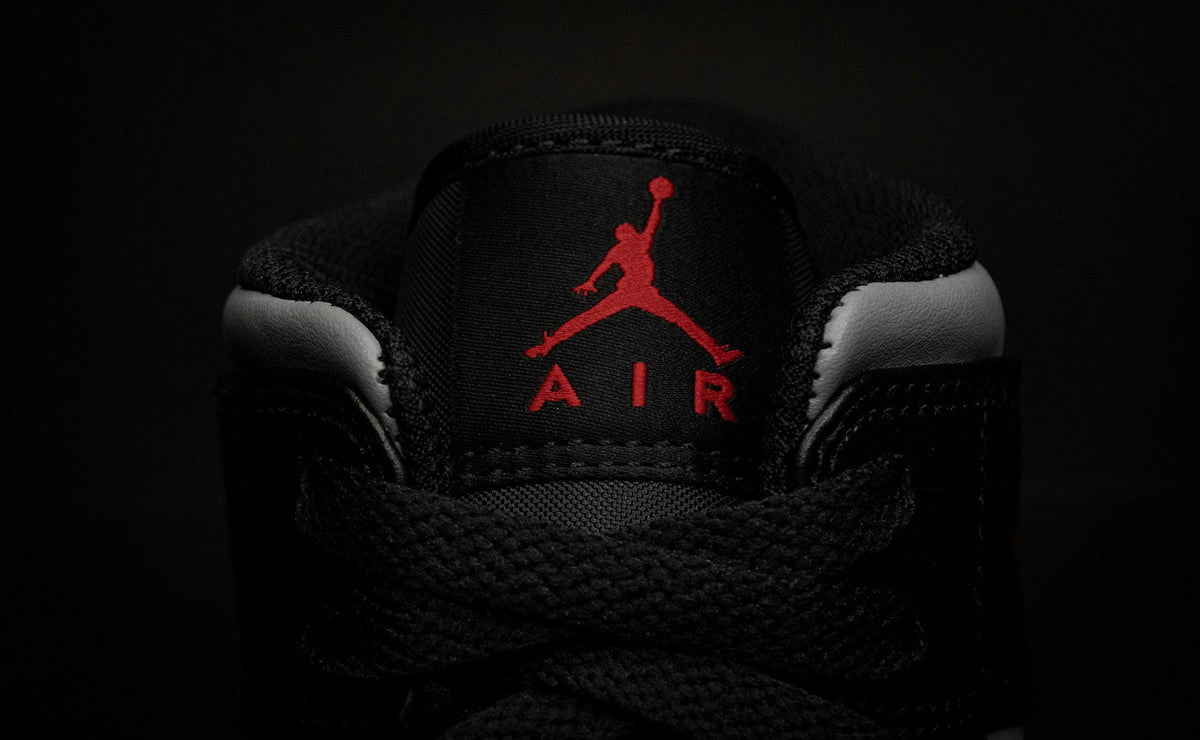
The Evolution of the Streetwear Grail: From Jordans to NFTs?
|
Time to read 2 min
EXPERIENCE THE HYPE
|
Time to read 2 min
In the early days of streetwear, a grail was simple. It was a pair of Bred 1s. A Supreme box logo hoodie. Maybe a BAPE full-zip shark hoodie if you were lucky enough—or rich enough—to get your hands on one. Grails were tangible. You could touch them, wear them, flex them. But as the culture evolved, so did the definition of what a grail even is. And now? Your most prized possession might not even exist physically at all.
It all started with sneakers. In the 2000s and early 2010s, the holy grails were Jordans, SB Dunks, Foamposites. Sneakers had stories—banned by the NBA, skated into the ground, dropped in legendary All-Star Weekend chaos. Owning a grail meant you earned it. You camped out. You traded. You hustled.

Fast forward to now. The traditional grails are still respected—but the idea of "collectible flex" has expanded way past sneakers and hoodies. Now, it's about exclusivity and digital proof. Welcome to the era where NFTs, virtual items, and even sneaker-linked blockchain certificates are entering the conversation.
When RTFKT Studios dropped virtual sneakers as NFTs and then got acquired by Nike, it wasn't just a tech move—it was a culture shift. Suddenly, the rarest sneakers in your collection could exist only in your crypto wallet. Same with brands like BAPE and Adidas dabbling in Web3 drops. Your grail might be something you "wear" in a metaverse fit pic rather than a real-world one.

At first, a lot of people laughed it off. Streetwear was about real life, about real materials—leather, cotton, rubber. But the next generation doesn’t care as much about tangibility. They care about access, community, and flexing where people actually see them: online. Whether it’s a rare NFT avatar, a virtual sneaker, or a digital-only clothing collab, the collectible is moving with the culture.
The psychology behind grails hasn’t changed. It's still about owning something others can't. It's about belonging to a select group. It’s just that now, the group chat might be on Discord instead of IRL, and the flex might live on your profile instead of your body.
Even traditional sneakers are evolving. Some pairs now come with digital twins—buy a physical sneaker, get an NFT tied to it. It’s authentication, ownership, and clout all wrapped into one. And with AI, augmented reality, and blockchain tech getting better, the difference between real-world and digital grails will only blur more.
Does this mean the end of real-world grails? Not at all. The feeling of opening a fresh box of Jordans or finding a rare vintage tee will never fully die. But it does mean that the culture is expanding. Your dream piece might not just be something you wear. It might be something you collect, flex digitally, and trade in a marketplace that doesn’t even exist physically.
The idea of a streetwear grail has always been bigger than the item itself. It's about identity, flex, belonging. Whether that’s a crumbling pair of '85 Chicago 1s or a crypto-backed virtual Air Force 1, the hustle stays the same.
Grails just got a lot harder to hold in your hand. But the chase? That’s forever.